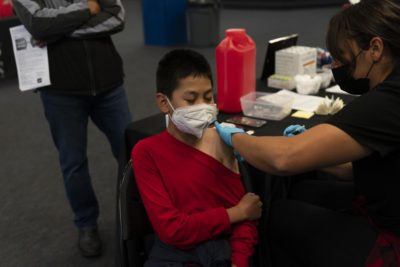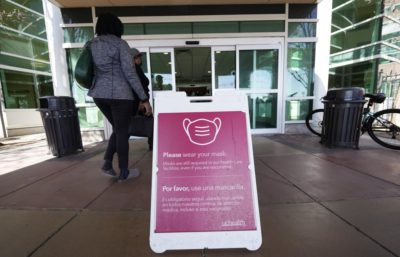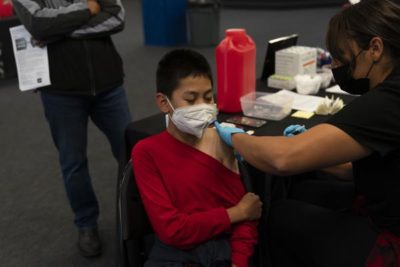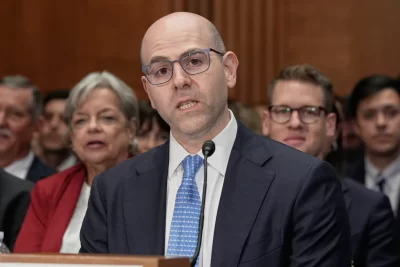
DES MOINES, Iowa — Month by month, more of the roughly 40 million Americans who get help buying groceries through the federal food stamp program are seeing their benefits plunge even as the nation struggles with the biggest increase in food costs in decades.
The payments to low-income individuals and families are dropping as governors end COVID-19 disaster declarations and opt out of an ongoing federal program that made their states eligible for dramatic increases in SNAP benefits, also known as food stamps. The U.S. Department of Agriculture began offering the increased benefit in April 2020 in response to surging unemployment after the COVID-19 pandemic swept over the country.
The result is that depending on the politics of a state, individuals and families in need find themselves eligible for significantly different levels of help buying food.
Nebraska took the most aggressive action anywhere in the country, ending the emergency benefits four months into the pandemic in July 2020 in a move Republican Gov. Pete Rickett said was necessary to “show the rest of the country how to get back to normal.”
Republican leaders argue that the extra benefits were intended to only temporarily help people forced out of work by the pandemic. Now that the virus has eased, they maintain, there is no longer a need to offer the higher payments at a time when businesses in most states are struggling to find enough workers.
But the extra benefits also help out families in need at a time of skyrocketing prices for food. Recipients receive at least $95 per month under the program, but some individuals and families typically eligible for only small benefits can get hundreds of dollars in extra payments each month.
The entire program would come to a halt if the federal government decides to end its public health emergency, though the Biden administration so far hasn’t signaled an intention to do so.
For Tara Kramer, 45, of Des Moines, the decision by Iowa Gov. Kim Reynolds to end the emergency payments starting April 1 meant her monthly SNAP benefit plunged from $250 in March to $20 in April. Kramer, who has a genetic disorder that can cause intense pain, said the extra money enabled her to buy healthier food that made her feel better and help her to live a more active life.
“My heart sank,” Kramer said. “All the memories from before the emergency allotment came rushing back.”






